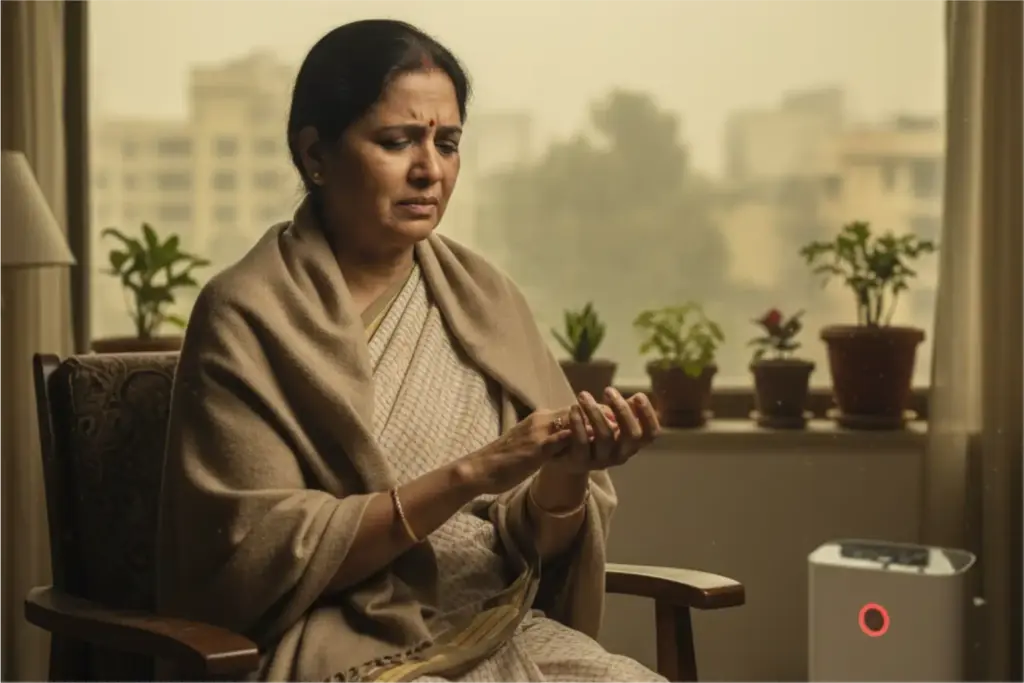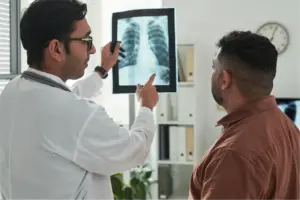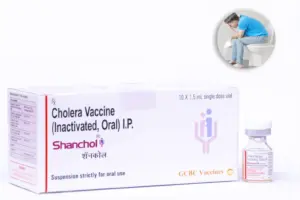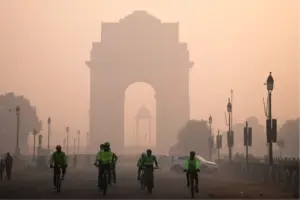
Air pollution and arthritis: Air pollution could be silently triggering rheumatoid arthritis (RA), one of the world’s most debilitating autoimmune diseases, leading rheumatologists warned at IRACON 2025 (Oct 9–12) in New Delhi.
Evidence presented at the 40th annual conference of the Indian Rheumatology Association links PM2.5 and other traffic-related pollutants to rising RA cases across Delhi-NCR, including among people with no family history.
Rheumatoid arthritis is a chronic autoimmune disorder in which the immune system attacks joint tissues, causing persistent pain, swelling, stiffness and disability. Long tied to genetics and immune dysfunction, rheumatoid arthritis is increasingly associated with environmental triggers, speakers said, citing recent studies from Europe, China, and India.
Also Read | Delhi’s indoor air nearly as harmful as smog outside: Study
“We’re seeing more RA in residents of polluted areas without genetic predisposition,” said Dr Uma Kumar (AIIMS Delhi), noting pollutants can induce inflammation, accelerate joint damage and worsen disease progression. Dr Bimlesh Dhar Pandey (Fortis Noida) added that exposure to PM2.5, nitrogen oxides and ozone is linked to higher RA risk and symptom flares, particularly near busy roads, via inflammation, oxidative stress and autoantibody production. A 2025 study in the European Medical Journal using two-sample Mendelian randomisation reported genetic evidence connecting common pollutants to autoimmune dysregulation.
Pollution is “rewriting the narrative,” said Dr Neeraj Jain (Sir Ganga Ram Hospital), with younger patients and first-time cases appearing without hereditary risk. Urban factors, such as loss of green space, may remove protective buffers, added Dr Pulin Gupta (RML Hospital). “This is not merely a medical issue; it is a societal crisis,” said Dr Rohini Handa (Indraprastha Apollo Hospitals).
With RA already affecting about 1% of Indian adults, experts fear prevalence could rise further in polluted regions. They called for stricter air-quality controls, early screening of at-risk populations, public awareness, and exposure-reducing lifestyle changes, alongside greener urban planning, cleaner transport and national policies that explicitly link air quality to health.
RA remains a lifelong condition without a cure, clinicians noted, underscoring the need to prevent triggers and manage disease aggressively where exposure cannot be avoided.








